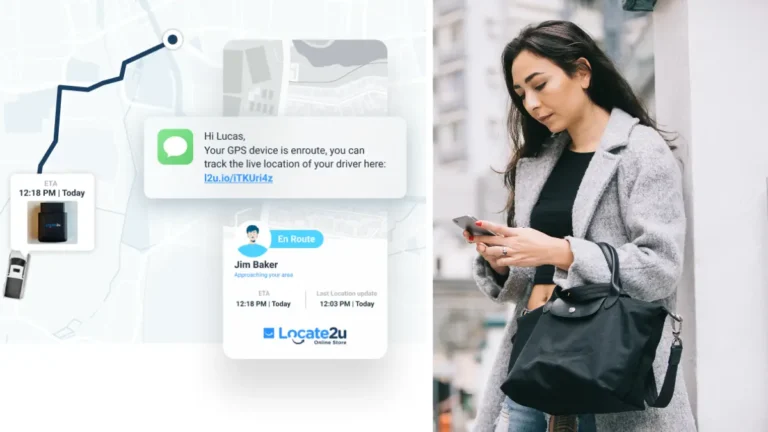In a digitally connected world where consumers embrace the ease of online shopping and e-payments, convenience often trumps caution. Unbeknownst to most, a silent predator lurks in the shadows of every transaction.
According to the Australian Bureau of Statistics (ABS), card fraud has reached epidemic proportions, with a staggering $2.2 billion lost in 2023 alone.
This alarming statistic begs the question: are we sacrificing our financial security for the sake of convenience?
Card fraud statistics: An overview
The statistics released by ABS show a sizable increase in the number of Australians who fell victim to card fraud in 2023 – totaling 1.8 million people, or 8.7%, which is an increase from 2022’s 8.1%.
Meanwhile, an additional half a million of 514,300 Australians were lured by a scam, with just under 200,000 victims of identity theft. The demographic groups most at risk include:
- 9.8% of married persons compared to those who are not (7.1%).
- 9.1% of persons living in a capital city compared to those who are not (7.7%).
- 10% of persons with a certificate, diploma, or degree compared to those without (6.3%).
- 11% of people living in households in the highest quintile of equivalised weekly household income compared to those who do not (between 6.6% and 9.1%).
ABS head of crime and justice statistics says the median amount lost averaged $200 for each card fraud incident. He further states that fake invoices and online shopping scams were the most common, affecting nearly 200,000 Australians.
Anatomy of a scam
What is card fraud, and what’s the difference between a scam and identity theft?
As defined by ABS, card fraud involves using debit, or EFTPOS (electronic funds transfers at point of sale) details to make purchases or withdraw cash without the account owner’s permission.
A scam is when a user is sent an invitation or notification designed to obtain personal data, money, or another financial benefit by deceptive means. These attempts range from phishing to those dubious about unclaimed inheritances from a long-lost relative.
Identity theft is when a person’s name and personal information (such as ID numbers or social security numbers) are illegally obtained and used to apply for loans, open shopping accounts, or gain access to medical services and prescriptions.
Awareness and prevention
Banks have been the most vigilant in the fight against card fraud, informing customers of potential incidents 98% of the time. In only 14% of instances were victims of fraud informed by credit card companies.
The police informed victims in 5.6% of cases, while a government organization or department accounts for 2.7% of notifying victims. Thus, the importance of consumer awareness and education cannot be overlooked.
These campaigns help shoppers make informed decisions when engaging in online transactions. It assists consumers in recognizing potential scams while also promoting a proactive approach to financial security.
Best practices in safeguarding your personal information include:
- Monitoring bank statements for unknown transactions.
- Using unique online account passwords and enabling two-factor authentication (2FA).
- Steering clear of suspicious links or attachments from unknown senders or sources.
- Verifying the legitimacy of a website before adding sensitive information.
About the author
Cheryl has contributed to various international publications, with a fervor for data and technology. She explores the intersection of emerging tech trends with logistics, focusing on how digital innovations are reshaping industries on a global scale. When she's not dissecting the latest developments in AI-driven innovation and digital solutions, Cheryl can be found gaming, kickboxing, or navigating the novel niches of consumer gadgetry.











